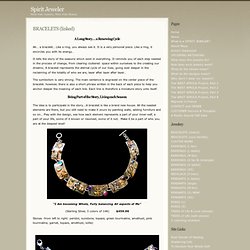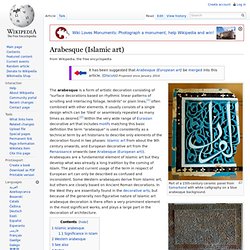

vidushi Rungta
Exhibition. Pricing and costing. Crowd. Visual directories. Jewellery. Angaara. Prostitution. Mehakkothari. 16 Things I Wish They Had Taught Me in School. I am 28 now.

I don’t think about the past or regret things much these days. But sometimes I wish that I had known some of things I have learned over the last few years a bit earlier. That perhaps there had been a self-improvement class in school. And in some ways there probably was. Because some of these 16 things in this article a teacher probably spoke about in class.
Some of it would probably not have stuck in my mind anyway. But I still think that taking a few hours from all those German language classes and use them for some personal development classes would have been a good idea. So here are 16 things I wish they had taught me in school (or I just would like to have known about earlier). 1. This is one of the best ways to make better use of your time. So a lot of what you do is probably not as useful or even necessary to do as you may think. You can just drop – or vastly decrease the time you spend on – a whole bunch of things. Explore your community of interests. Spirit Jeweler » BRACELETS (linked) A Long Story. . . a Renewing Cycle Ah… a bracelet… Like a ring, you always see it.

It is a very personal piece. Like a ring, it encircles you with its energy… It tells the story of the seasons which exist in everything. It reminds you of each step needed in the process of change, from clearing cluttered space within ourselves to the creating our dreams; A bracelet represents the eternal cycle of our lives, going ever deeper in the reclaiming of the totality of who we are, layer after layer after layer… The symbolism is very strong. Being Part of the Story, Living each Season The idea is to participate in the story….A bracelet is like a brand new house.
Short Films. Online Portfolios on Behance. MOGdesign : Home. Graphic design. Free Crafts Ebooks. Visual arts experimentations. MUST SEE Documentary Films. El Tubo Adventista - La Comida Importa - FOOD MATTERS. Cargado alrededor de 2 years ago La comida Importa La Comida Importa es un largometraje documental en el que a través de entrevistas a médicos, científicos, nutricionistas, periodistas de la ciencia médica, vamos llegando a la conclusión de que aprender a elegir una buena alimentación no sólo preserva nuestra salud, sino que cura enfermedades.

La comida importa... porque somos lo que comemos (y lo que nos hacen comer) Documental del 2004 con entrevistas a médicos, científicos, nutricionistas, neurópatas y periodistas, en el que se expone la importancia fundamental de la nutrición como base de la salud, y como principio de sanación de la enfermedad. Denuncia la trillonaria "industria de la enfermedad", el gigantesco negocio que hay montado detrás de ocultar este tipo de información al público, el error conceptual que implica el clásico "una droga para cada enfermedad". Mostrar Mas Report Video. The 101 Most Useful Websites on the Internet. PowerPoint Templates, Transitions & Animations.
A History of Jewellery. Ancient world jewellery Collar known as The Shannongrove Gorget, maker unknown, Ireland, late Bronze Age (probably 800-700 BC).

Museum no. M.35-1948. © Victoria & Albert Museum, London. Jewellery is a universal form of adornment. Jewellery made from shells, stone and bones survives from prehistoric times. In the ancient world the discovery of how to work metals was an important stage in the development of the art of jewellery. Gold, a rare and highly valued material, was buried with the dead so as to accompany its owner into the afterlife.
Medieval jewellery 1200–1500 Pendant reliquary cross, unknown maker, about 1450-1475. The jewellery worn in medieval Europe reflected an intensely hierarchical and status-conscious society. Until the late 14th century, gems were usually polished rather than cut. Some jewels have cryptic or magical inscriptions, believed to protect the wearer. Renaissance jewellery Ring, maker unknown, setting 15th century, centre 2nd century BC-1st century BC. Arabesque (Islamic art) Part of a 15th-century ceramic panel from Samarkand with white calligraphy on a blue arabesque background.

Islamic relief panel from Medina Azahara, Córdoba, Spain, c. 940. The central panel pattern springs from a central base and terminates within the space; most later ones do neither. Claims are often made regarding the theological significance of the arabesque, and its origin in a specifically Islamic view of the world; however these are without support from written historical sources as, like most medieval cultures, the Islamic world has not left us documentation of their intentions in using the decorative motifs they did. Many arabesque patterns disappear at (or "under" as it often appears to a viewer) a framing edge without ending, and thus can be regarded as infinitely extendable outside the space they actually occupy; this was certainly a distinctive feature of the Islamic form, though not without precedent.
Tiled panel in the same mosqueDetail of 16th century Persian carpet.